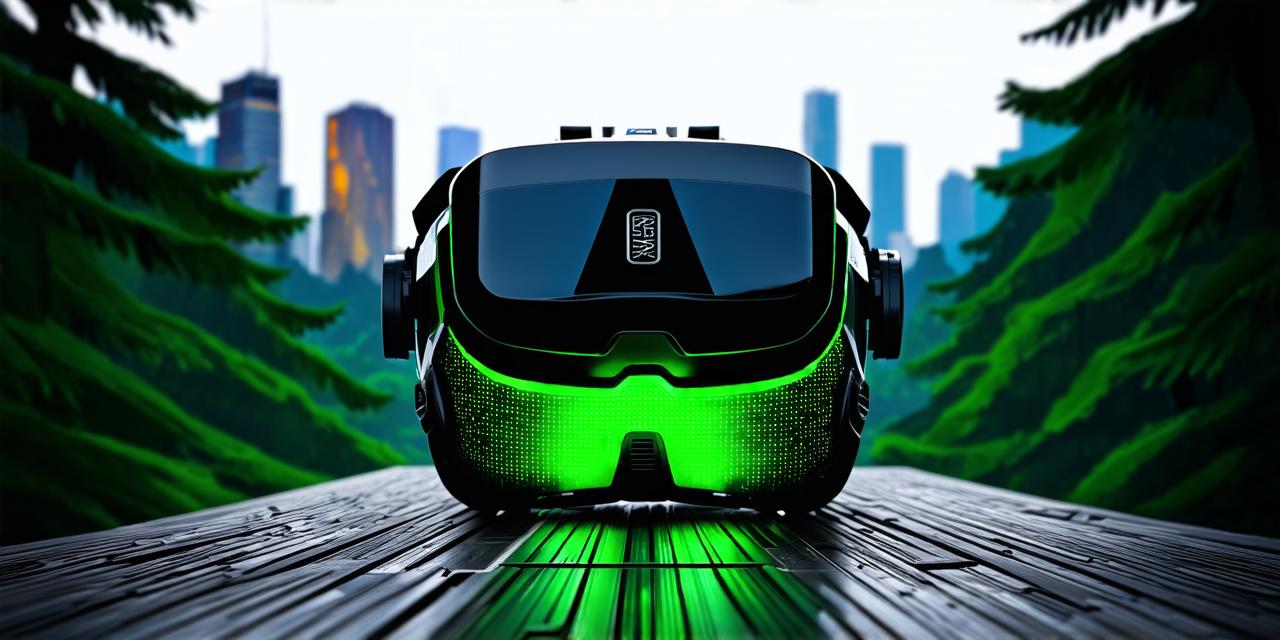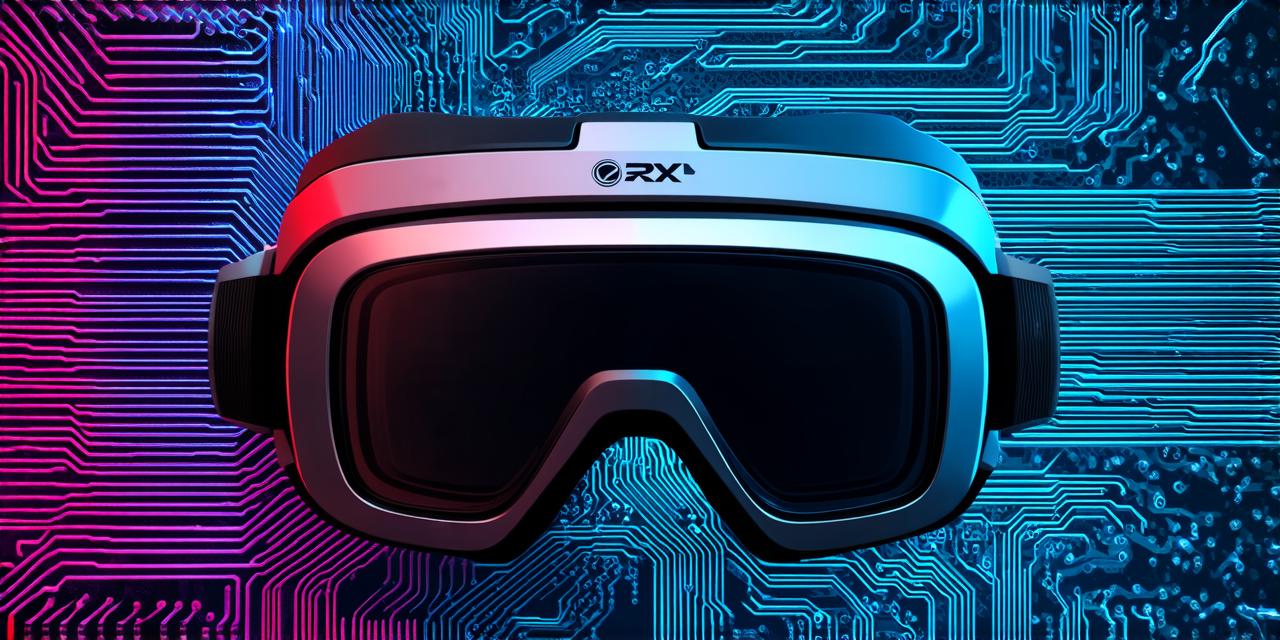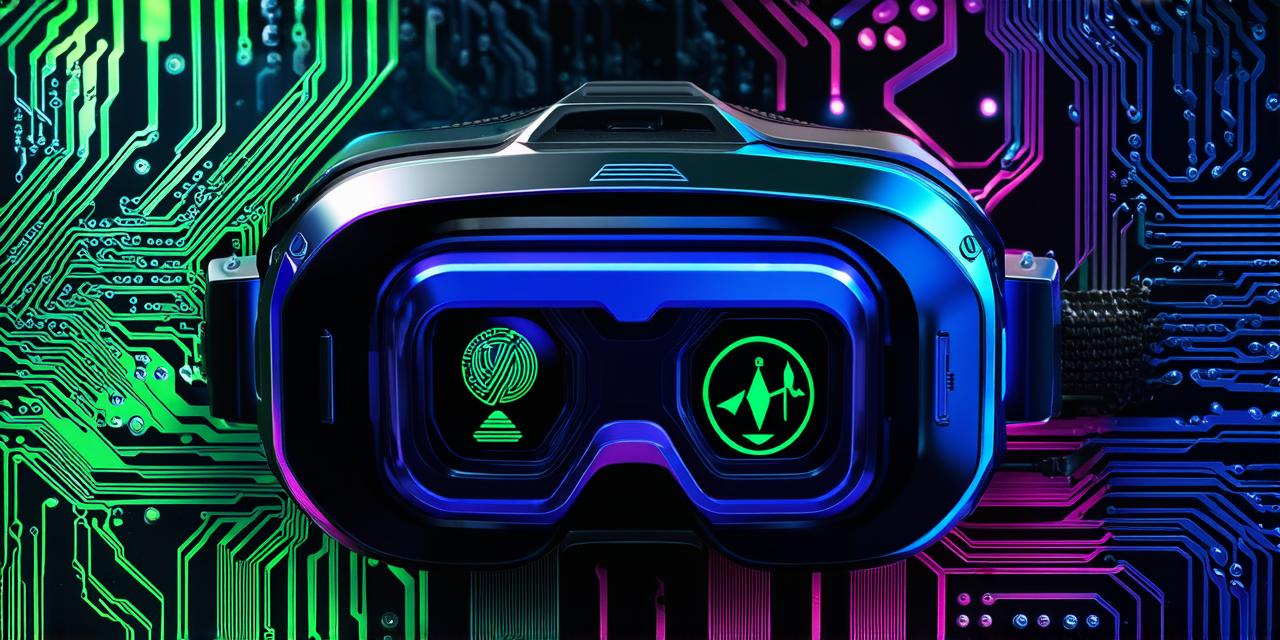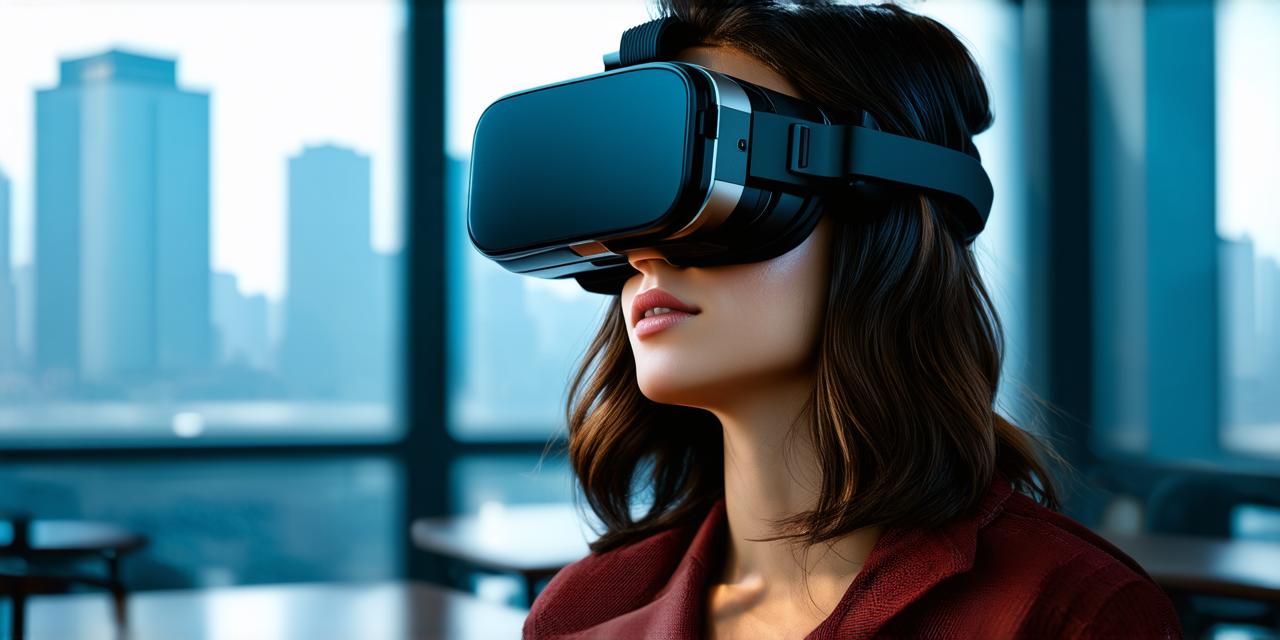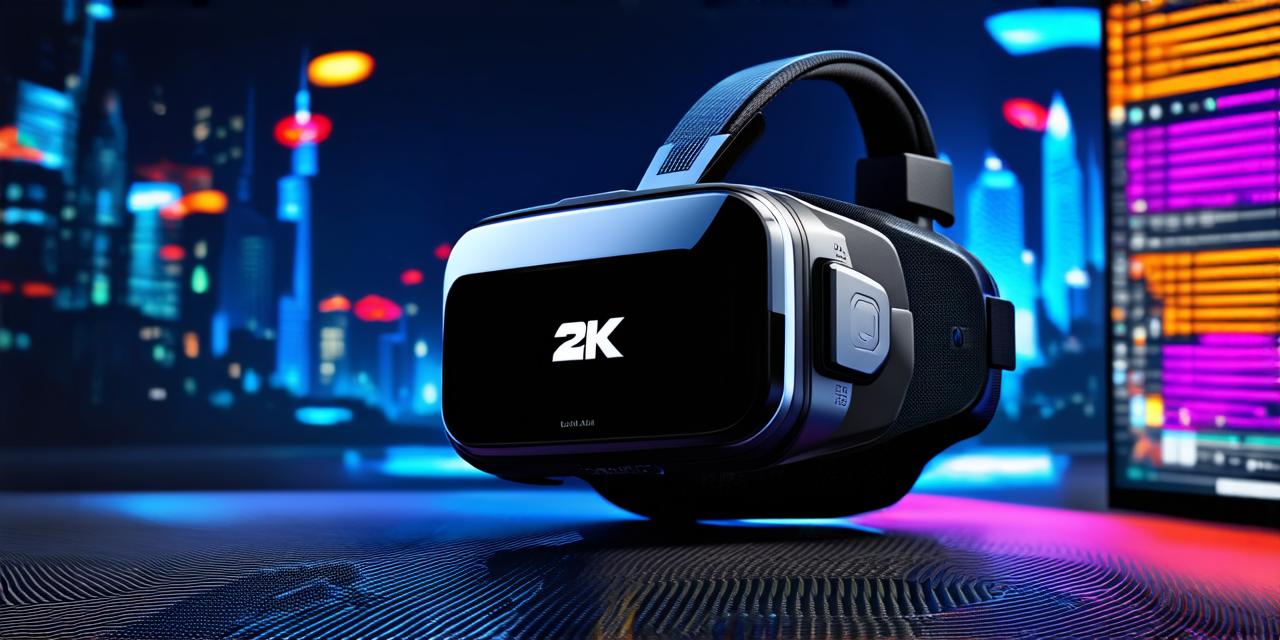Virtual reality (VR) is an immersive technology that creates a simulated environment for users to interact with digital content. With the advancements in VR technology, the line between the real and virtual world has become increasingly blurred. In the future, we can expect VR to become more advanced and accessible than ever before.
One of the major developments in VR is haptic feedback, which allows users to feel sensations in the virtual world. Haptic feedback technology is already being used in gaming and is expected to become even more sophisticated in the future. This will create a more realistic experience for users, making them feel like they are truly inside the virtual world.
Another area where VR is expected to make a significant impact is in healthcare. Virtual reality can be used for medical training, therapy, and even surgical procedures. In fact, some hospitals have already started using VR for pain management and PTSD treatment. As VR technology continues to improve, we can expect it to become an integral part of healthcare in the future.
Augmented Reality: The Future of Interaction
Augmented reality (AR) is a technology that overlays digital content onto the real world. AR has already transformed various industries, including gaming, education, and marketing. In the future, we can expect AR to become even more advanced and integrated into our daily lives.
One area where AR is expected to make a significant impact is in retail. AR can be used for product visualization, virtual try-on, and even inventory management. This will create a more personalized shopping experience for customers and help retailers optimize their supply chain. Another area where AR is expected to make a significant impact is in education. AR can be used for virtual field trips, interactive learning experiences, and even language learning. In fact, some schools have already started using AR technology to enhance the learning experience for students. As AR technology continues to improve, we can expect it to become an integral part of education in the future.
The Future of VR and AR Development: Predictions and Trends
The future of VR and AR development is expected to be driven by advancements in artificial intelligence (AI), machine learning (ML), and cloud computing. These technologies will enable more advanced and interactive digital content, making VR and AR experiences more realistic and immersive.
One trend that we can expect is the integration of VR and AR technology into wearable devices. Smart glasses and headsets are already being developed that combine VR and AR capabilities. This will allow users to seamlessly switch between virtual and real-world environments, creating a more natural and intuitive interaction.
Another trend that we can expect is the development of social VR and AR platforms. These platforms will enable users to interact with each other in virtual or augmented reality environments, creating new opportunities for social connection and collaboration.
Case Studies: Real-World Examples of VR and AR Development
Virtual reality and augmented reality are already being used in various industries, providing real-world examples of their potential. Here are some case studies that illustrate the impact of VR and AR development:
-
Virtual Reality Therapy for PTSD: The Department of Veterans Affairs (VA) has been using virtual reality technology for therapy purposes. A study conducted by the VA found that VR exposure therapy was effective in reducing symptoms of PTSD in veterans. This demonstrates the potential of VR technology to be used in healthcare for therapeutic purposes.
-
Augmented Reality in Education: The University of Maryland’s College of Medicine has been using augmented reality technology in medical education. Students can use AR headsets to visualize complex anatomical structures and perform virtual surgeries, providing a more interactive and engaging learning experience.
-
Virtual Reality Gaming: Oculus VR has been developing VR gaming technology for years, with games such as Beat Saber and Half-Life becoming popular among gamers. As VR technology continues to improve, we can expect to see even more immersive and interactive gaming experiences in the future.
-
Augmented Reality in Marketing: Companies such as IKEA have been using AR technology to allow customers to visualize furniture in their homes before making a purchase. This has increased customer satisfaction and reduced the number of returns, demonstrating the potential of AR technology in marketing.
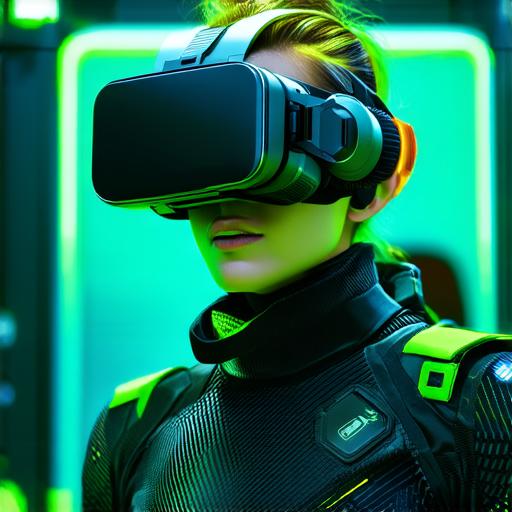
Summary
Virtual reality and augmented reality are rapidly evolving technologies that have already transformed various industries. In the future, we can expect VR and AR to become even more advanced and accessible than ever before.
